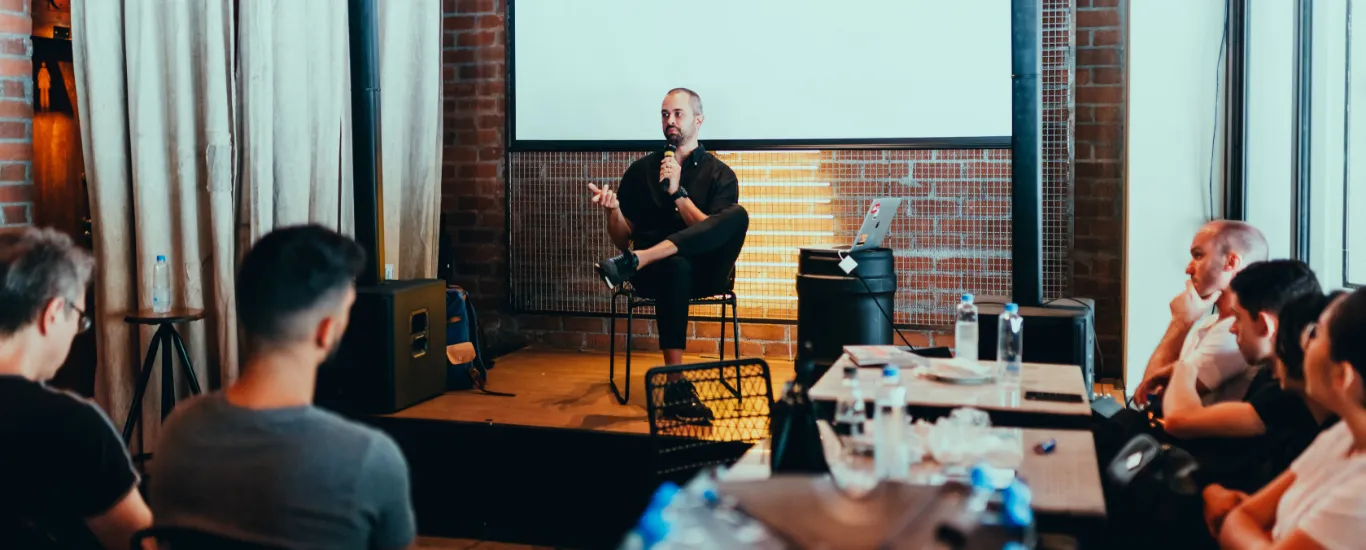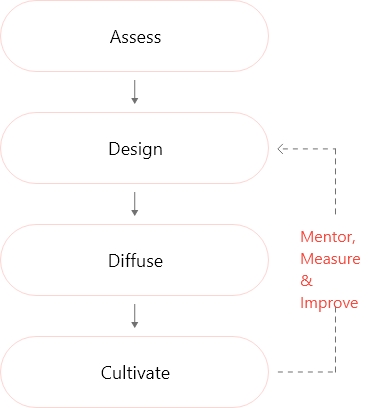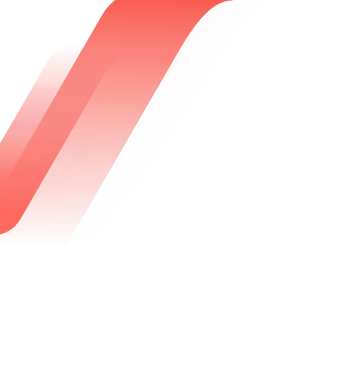Culture Core
This layer contains elements that form the heart, center, and foundation of your culture.
Your company’s core tenets should drive your organization’s culture. If they aren’t clearly manifested, or discourage innovation, they will become your first enemy.
Your organization’s culture is its religion. What rituals are observed? What traditions followed? Having these organizational habits breeds consistency and concreteness.
What we reward (or punish) shows what we value and is a huge element of culture. Putting in place systems for recognizing true innovation gets you closer to delivering real returns.








